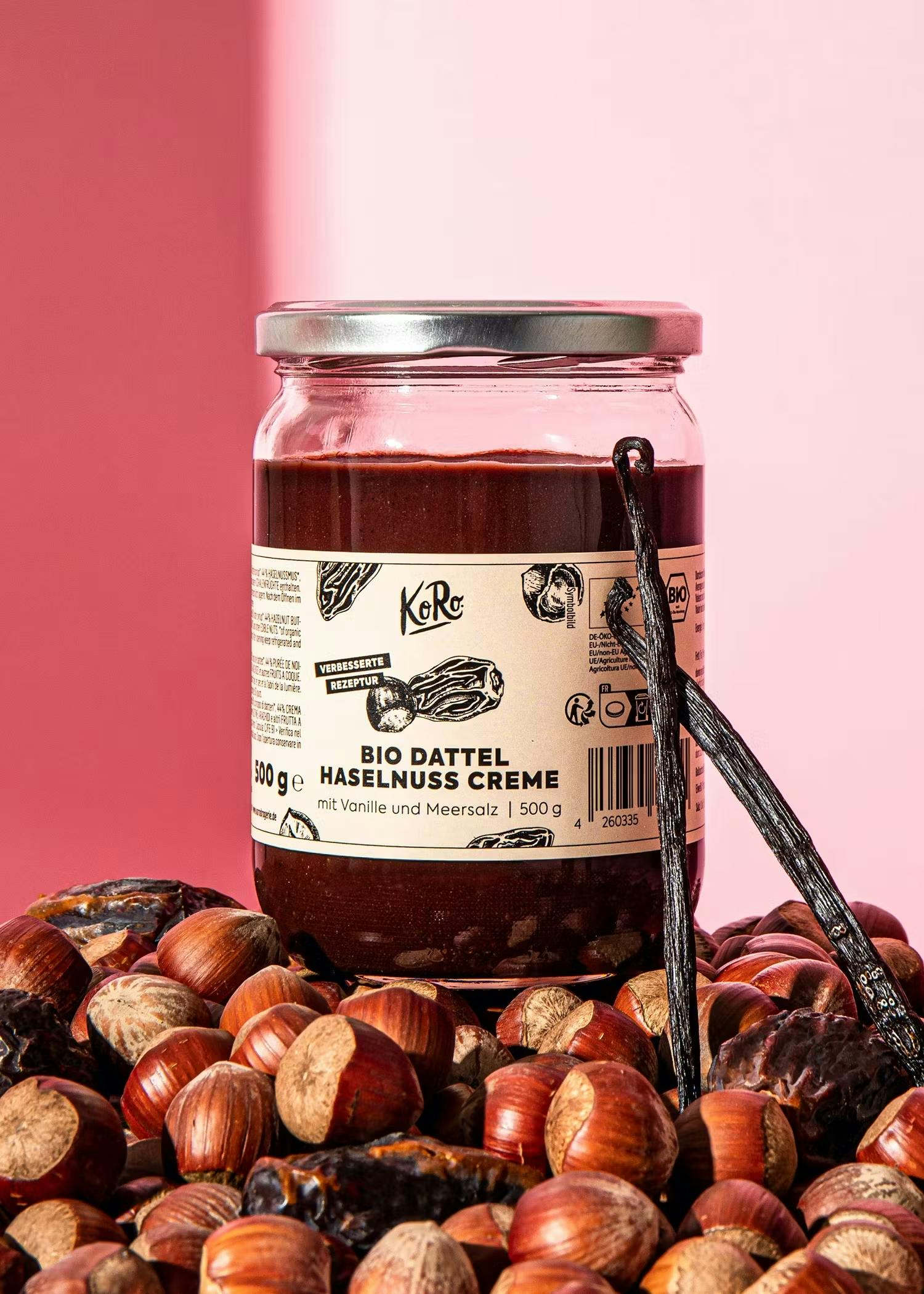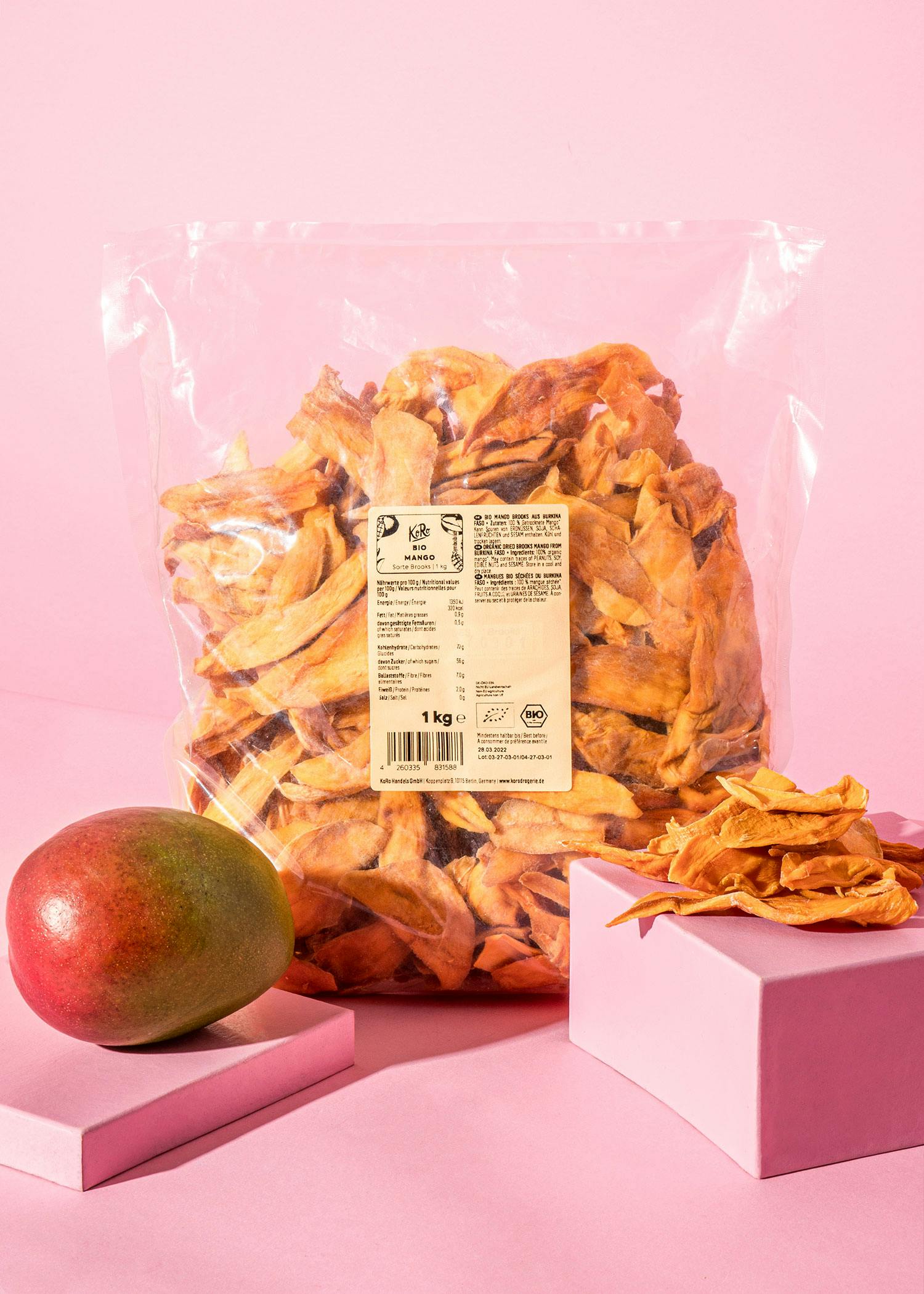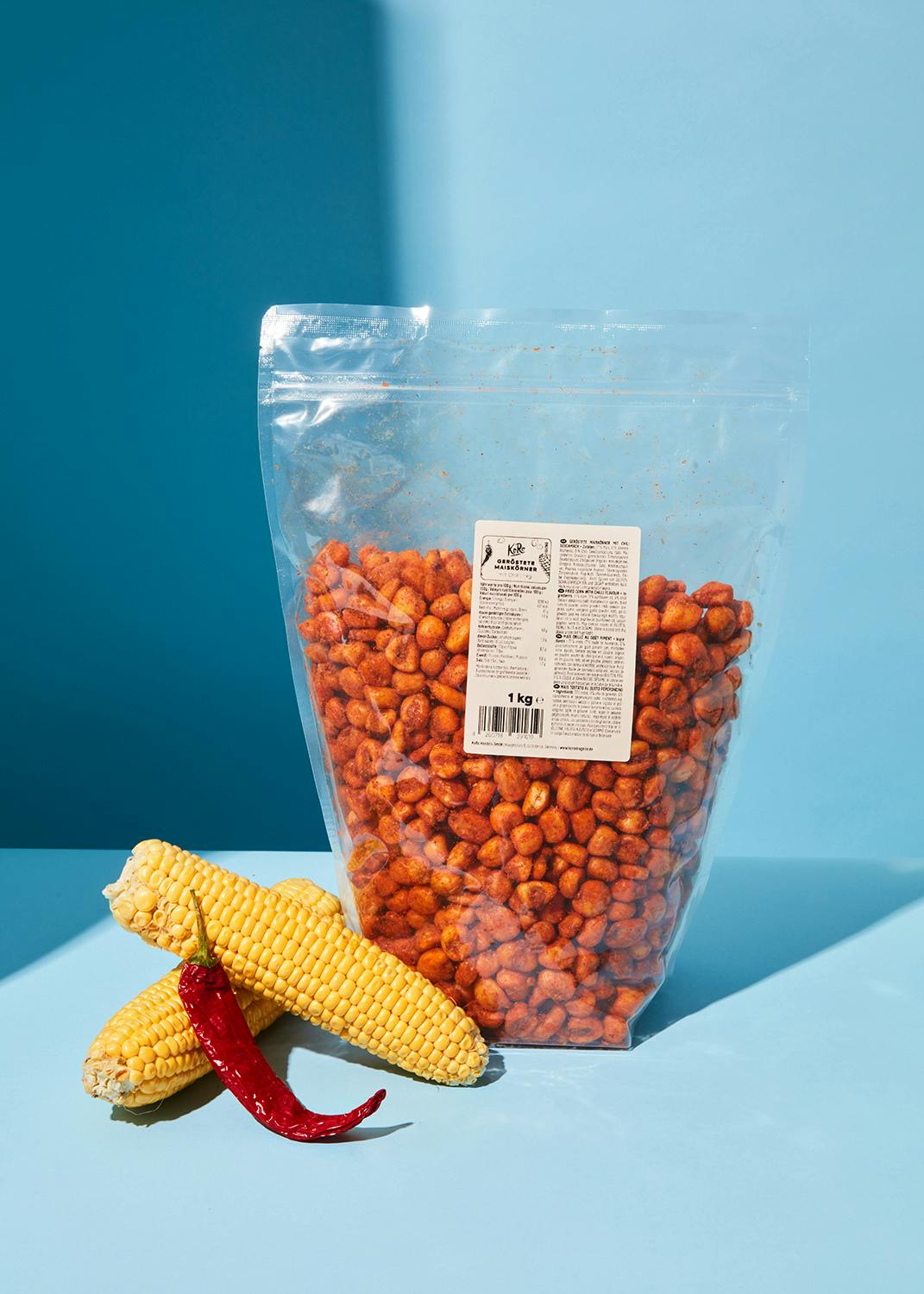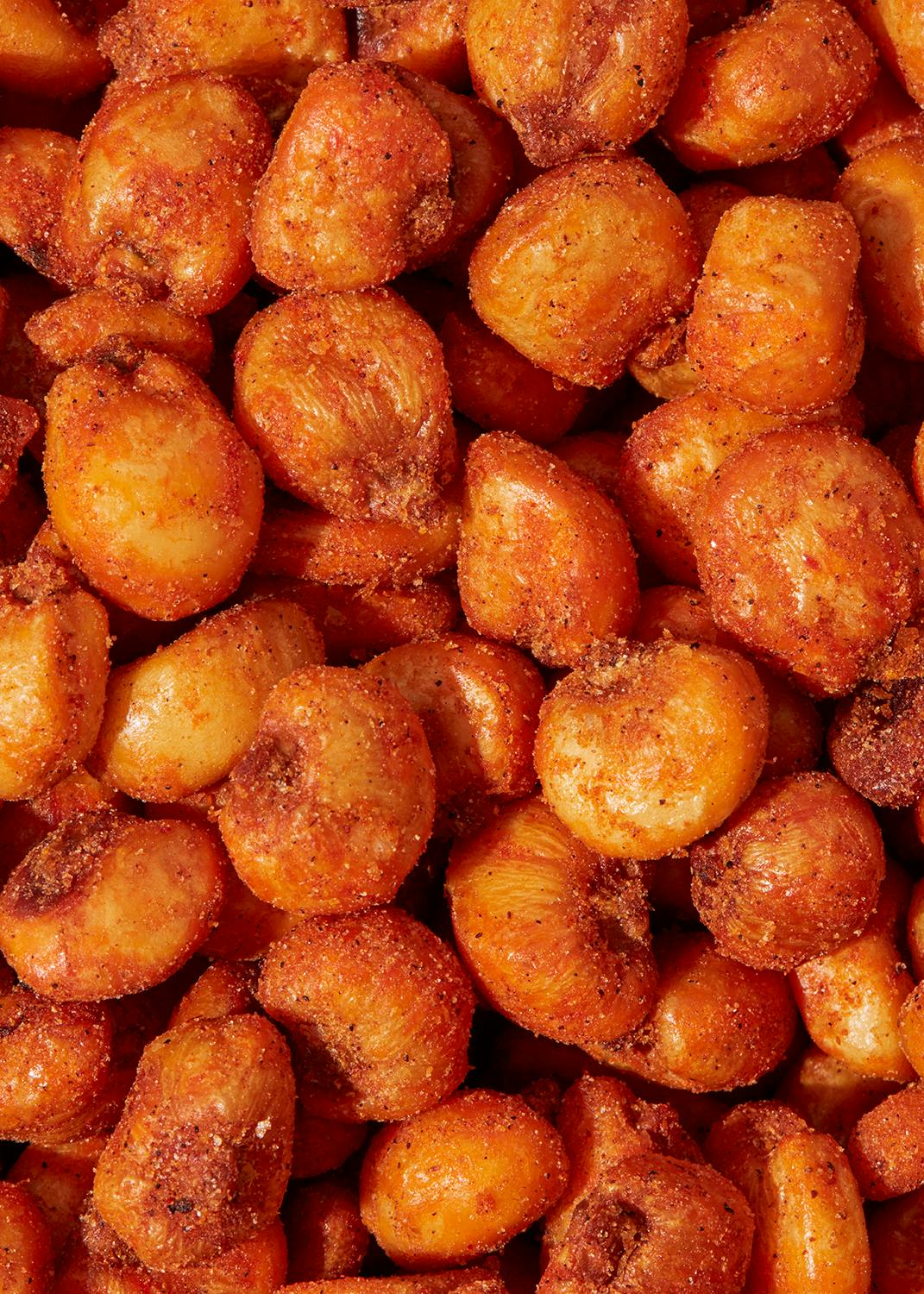 (4).JPG?w=3000&auto=format,compress&fit=max&cs=srgb)
The year 2022 has presented many people - and us as a company - with new challenges. However, our major goal is still to offer you as a customer good value for money. Thanks to an increase in the volume of raw materials purchased and the associated better purchase prices, existing contracts that have protected us from a price increase and internal cost optimizations, KoRo's prices rose by just 2% on average in 2022. We are pleased that we were able to protect you from a sharp price increase for so long. For comparison: on average, food inflation in Germany was around 20% in 2022.
However, we are currently experiencing further increases in purchase prices from our suppliers, rising prices from our competitors and our energy and logistics costs are also increasing significantly. Unfortunately, this is forcing us to adjust the prices of some products from February 6, 2023. On average, we will have to increase our prices by around 8.5% in order to continue offering you the best products. Here we explain why not all prices will be adjusted equally:
How do we calculate our prices?
Our sales prices are calculated from a combination of several factors, e.g. purchase price and competition. If you are not yet familiar with our blog article on price calculation, you can read it here.
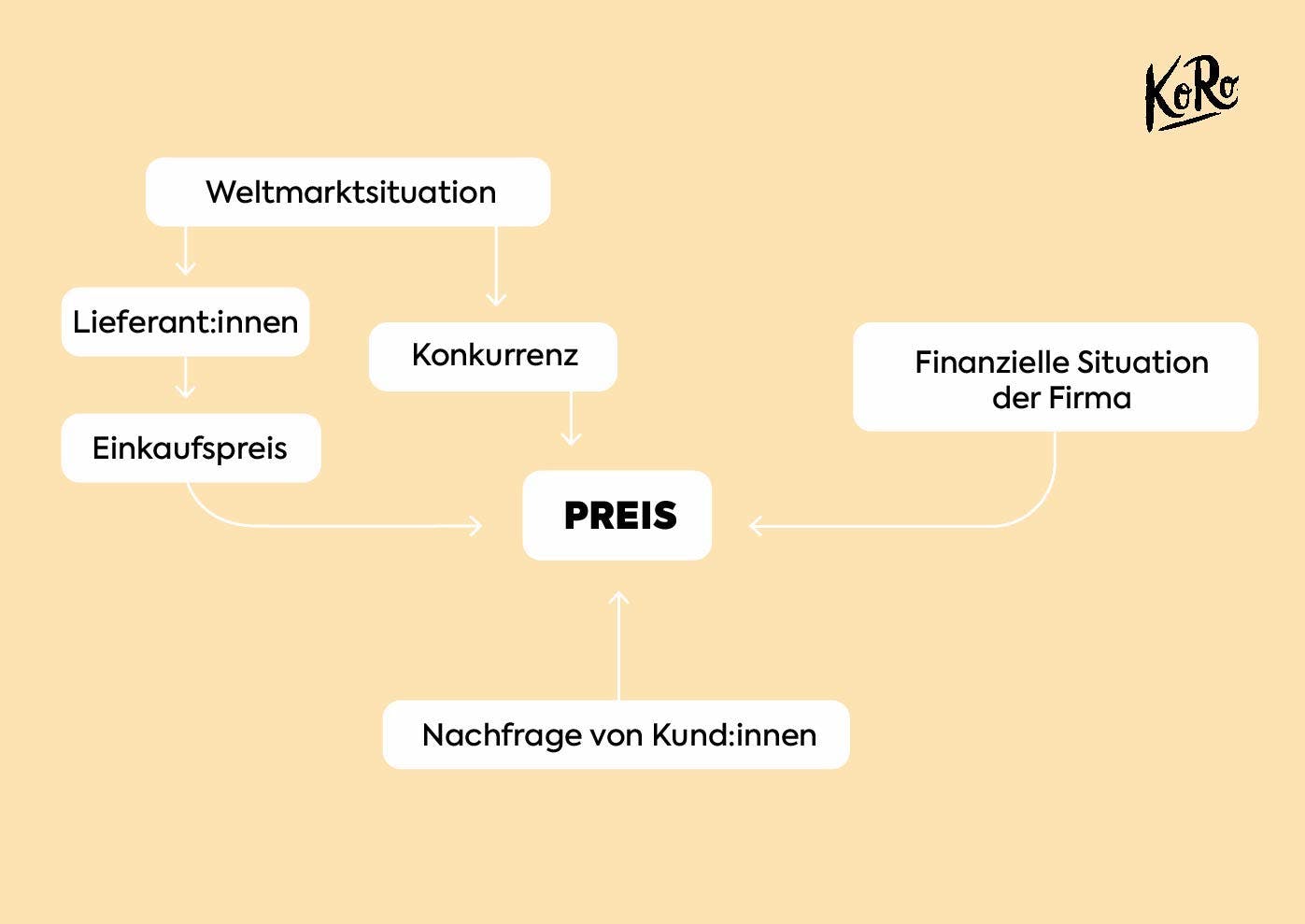
The decisive factors for our current pricing are the rising purchase prices of our suppliers and the rising prices of our competitors. However, there is another factor that has an indirect impact on purchase prices, the competition and the company's financial situation: inflation. Inflation is not as easy to factor into prices as the other factors. That is why we have to make a general price increase.
How is a general price increase implemented?
Why not simply increase all prices by x % across the board? Unfortunately, it's not that simple, because then many of our products would no longer be competitive. We therefore prefer to take the route of increasing the minimum margin. This has the advantage that products that already have a very low average price are subject to a larger price increase. In most cases, they still have a very good price-performance ratio and are therefore still competitive. However, if the price difference between a product and its competitors is already small, we only increase the price a little more.
To decide which price increase to choose, we usually look at three scenarios and use a few products to compare which scenario still offers the best price-performance ratio for customers on average.
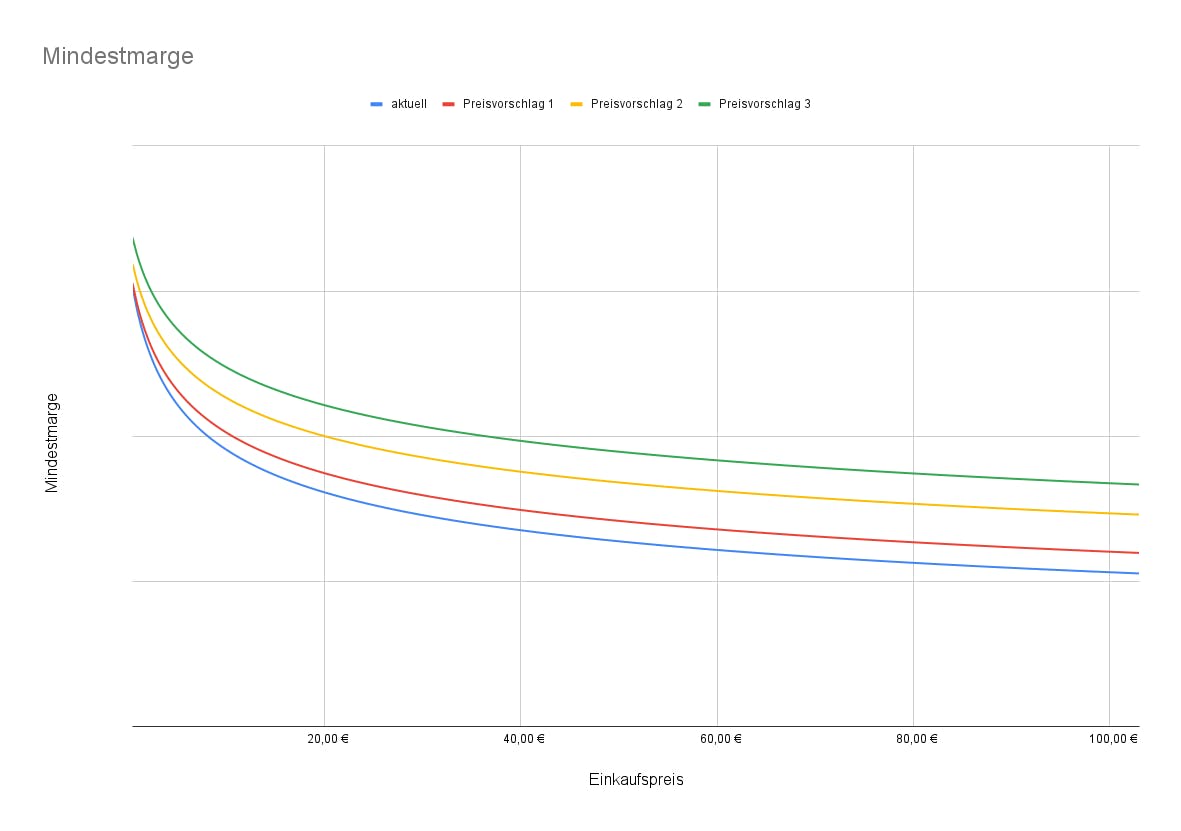
A comparison could look like this, for example:
|
Product |
Current price |
Price suggestion 1 |
Price suggestion 2 |
Price suggestion 3 |
Competition |
|
Wheat flour type 550 1 kg |
1,00 € |
1,00 € |
1,00 € |
1,25 € |
0,95 € |
|
Organic peanut butter 500 g |
5,75 € |
5,75 € |
6,25 € |
7,00 € |
3,55 € |
|
Organic mango strips Brooks 1 kg |
18,00 € |
17,50 € |
18,50 € |
20,00 € |
17,45 € |
What have we adjusted in our calculation?
As a result of inflation, we had to adjust our original calculation of the minimum margin because two problems arose with the number of different products in the store:
Products without a margin
There are products where there is hardly any qualitative difference to the competition and often only the price decides where customers buy this product. A typical example is flour or coconut milk. For these products, we cannot use our "normal" minimum margin to calculate the sales price, because then the sales price would be too high and we would probably generate fewer sales. We now use a separate minimum margin calculation for such products. This calculation includes so little margin that KoRo ends up with virtually no profit. But why do we sell such products at all? We want to offer you as large and varied a product range as possible and therefore prefer to take the lower profit route on these products.
Premium products
The second group is made up of products where we offer significantly better quality than the competition or are even unique on the market and therefore have no comparison at all. These products are often significantly more expensive to buy. Examples of this are our pistachio puree and our date hazelnut cream. With the usual calculation, we would adjust the price of the date hazelnut cream to that of a conventional nut nougat cream. This would mean that we would hardly make any profit with the date hazelnut cream, as it is significantly more expensive to produce. We are convinced that our date hazelnut cream is of above-average quality, that you as a customer are aware of this and that you are therefore prepared to pay more than for a conventional nut nougat cream. This is why there is now a separate calculation for such premium products, which is calculated with a higher minimum margin.
Here you can see an example of how the different calculations differ from one another:
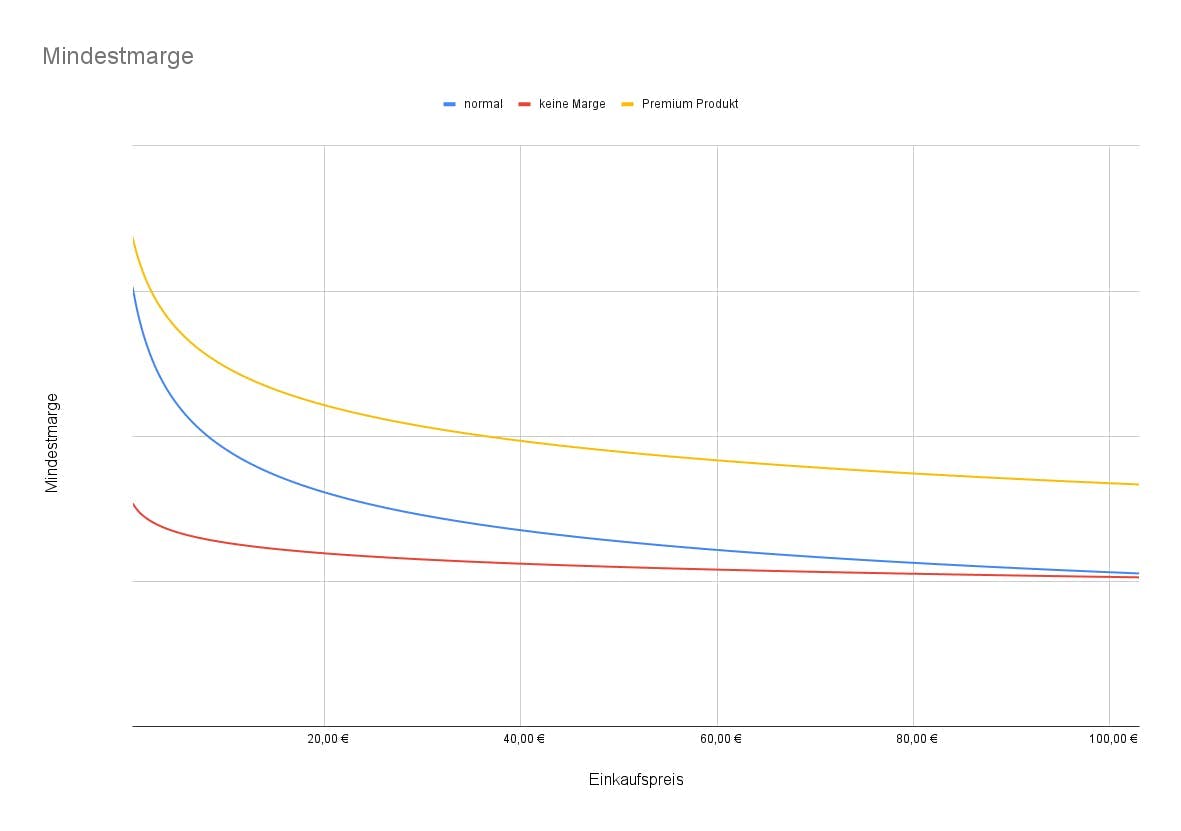
Based on these two calculations, we have now adjusted our prices in line with the current situation. However, as you already know, KoRo's prices are not set in stone and we hope to be able to inform you of a price reduction soon.
